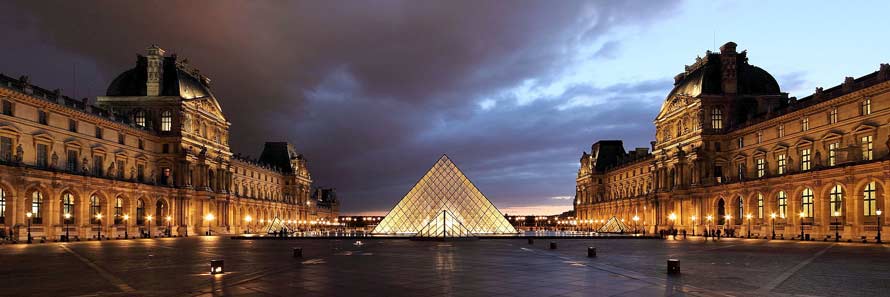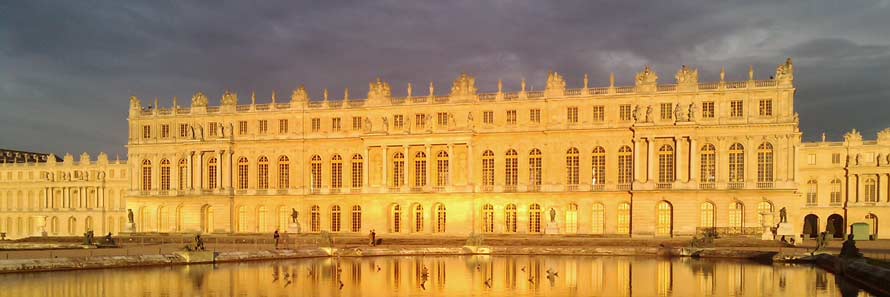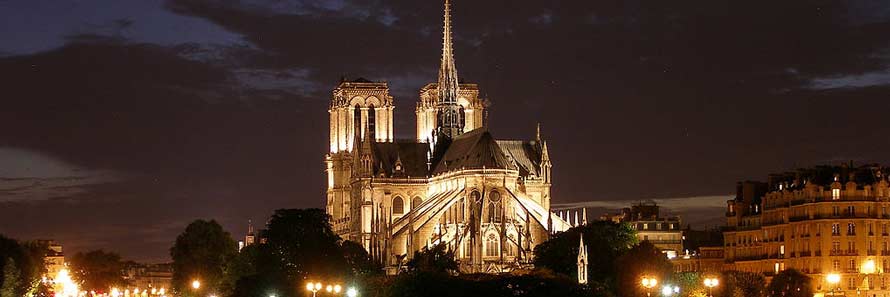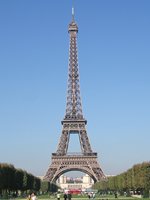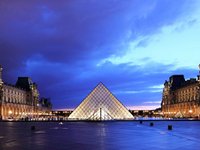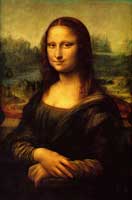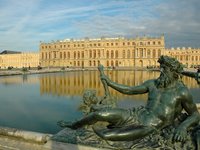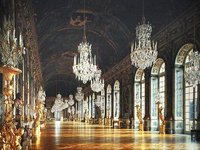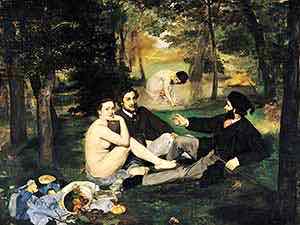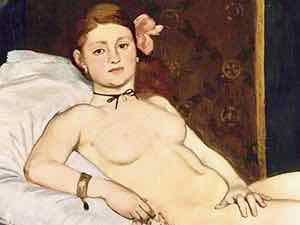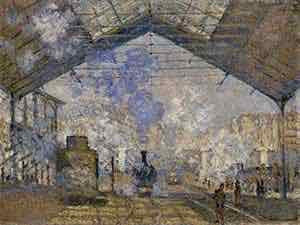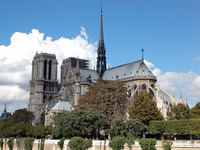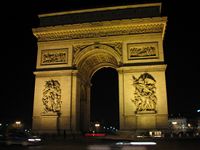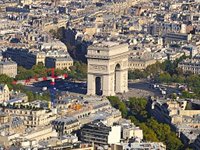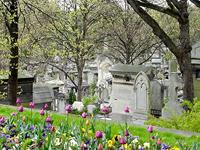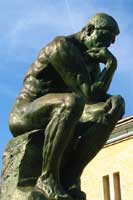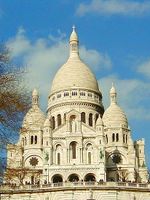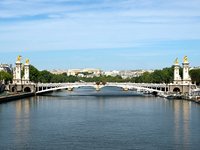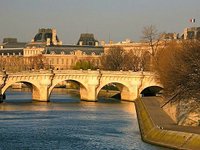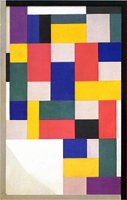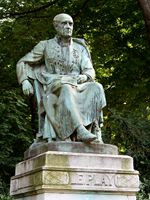Things to do in Paris, FRANCE
Undoubtedly the most romantic city in the world, Paris is also one of the most beautiful. Little wonder then that Paris attracts about 45 million tourists a year.
They come for a variety of reasons. First, there is the art and culture. It is was here that the impressionist movement was born, and that you will find many of the world's great museums such as the Louvre (and da Vinci's Mona Lisa), the Pompidou Centre, the Musee d'Orsay and the Musee Rodin.
Then there are iconic tourist attractions. The Eiffel Tower is perhaps the most famous structure in the world, with Notre Dame, Montmatre and the Sacre Coeur not far behind. The grand Palace of Versailles is a short train ride away, with other things to see including the Arc de Triomphe, Pere Lachaise and the Jardins de Luxembourg.
And then there is the food and atmosphere. With trendy cafes lining its wide boulevards and 35 Michelin-starred restaurants, this is a place for food-lovers. And the beautiful River Seine, cobblestone medieval streets, sporting standia such as Roland Garros and Stade de France, bars and night life make this a perfect place for romance or to let your hair down.
The best dozen activities and things to do in Paris are described below.
